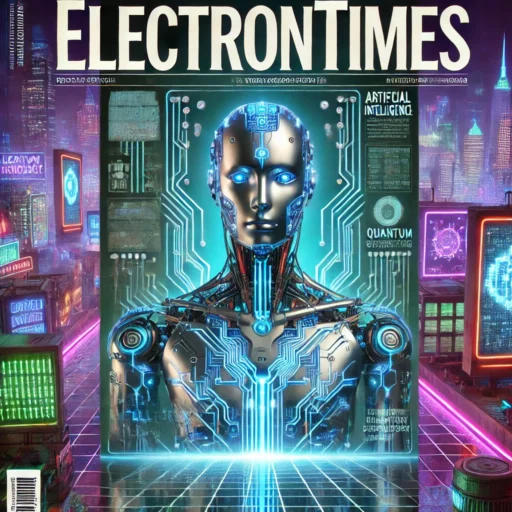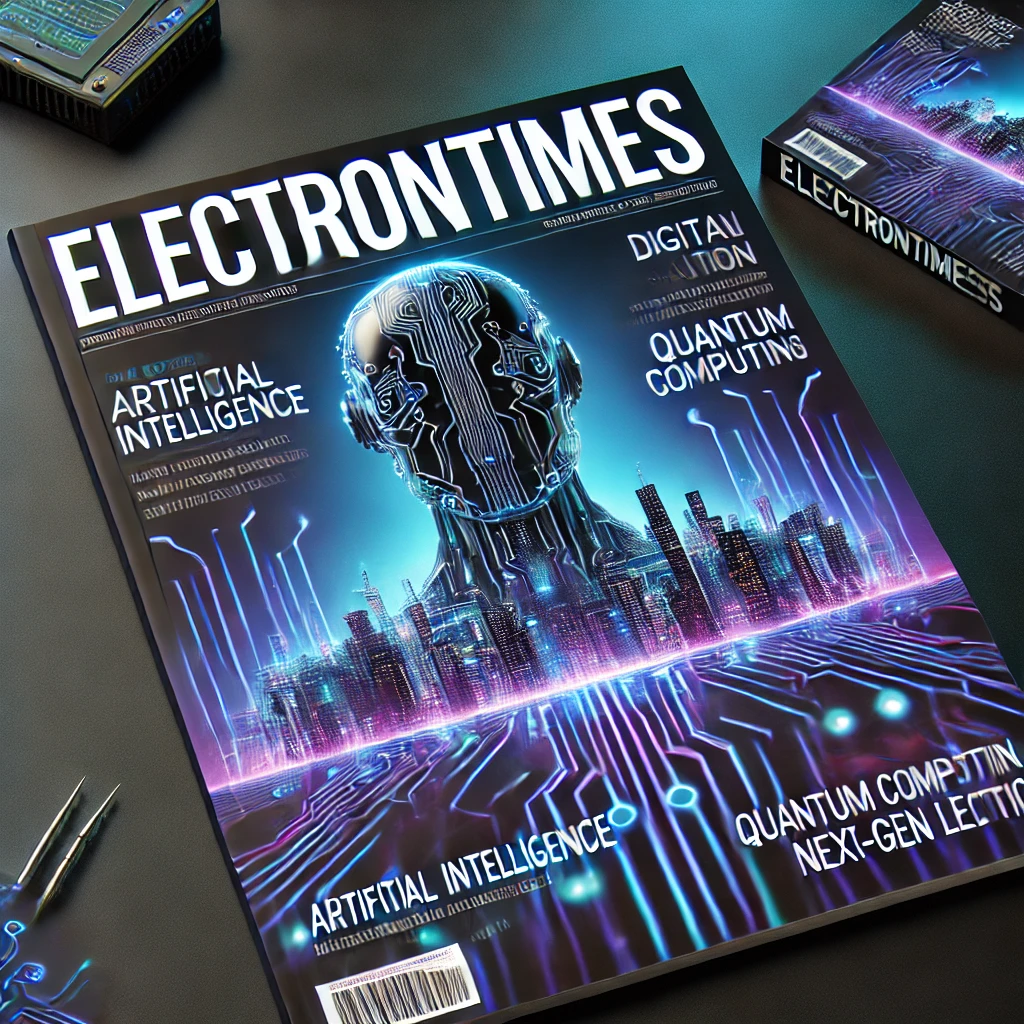LED products have revolutionized the aesthetics and functionality of lighting in modern interior design by offering flexibility, energy efficiency, and the ability to create dynamic and customizable lighting effects. Here’s how they contribute to both the visual appeal and practical performance of lighting in contemporary spaces:
1. Versatility in Design
- Slim and Compact Size: LEDs are much smaller and more compact than traditional lighting sources, which allows designers to create sleek, minimalistic lighting designs that blend seamlessly into modern interior spaces. LEDs can be integrated into narrow profiles or hidden in architectural features, offering more options for concealed lighting and ambient effects.
- Flexible Light Strips: LED strips are extremely flexible, making them perfect for use in a variety of settings. They can be bent and shaped to follow contours of furniture, architectural lines, or to highlight specific features like cabinets, cornices, or wall niches, providing highly customizable light placement.
- Surface-Mounted and Recessed Fixtures: LEDs can be used in both surface-mounted and recessed fixtures, enabling a range of installation options to suit different room styles, from traditional to ultra-modern. Their small size allows them to be embedded within the ceiling, walls, or floors for a clean, unobtrusive look.
2. Energy Efficiency and Environmental Impact
- Low Energy Consumption: LEDs are highly energy-efficient compared to traditional lighting, consuming a fraction of the power. This reduces the overall carbon footprint of a home or office, which aligns well with modern sustainability goals in interior design.
- Long Lifespan: LEDs last significantly longer than incandescent or fluorescent bulbs, reducing the need for replacements and minimizing waste. This contributes to the long-term maintenance and sustainability of interior designs, especially in spaces with hard-to-reach fixtures.
- Low Heat Output: LEDs produce very little heat compared to halogen or incandescent bulbs, reducing the need for cooling systems and making them safer to use in confined spaces or with materials that may be sensitive to heat.
3. Enhanced Lighting Quality
- Bright, Uniform Light: LEDs provide bright, high-quality light with excellent color rendering capabilities, making them ideal for modern spaces that rely on accurate and consistent illumination. The uniformity of LED light helps eliminate shadows and creates an even glow, improving the overall look of a room.
- Adjustable Color Temperature: LEDs allow for greater flexibility in adjusting the color temperature (from warm white to cool white) to suit different moods or activities. Cool white lighting can be used in workspaces to improve concentration, while warm white lighting can create a cozy and inviting atmosphere in living rooms or bedrooms.
- Dynamic Color Control: Many LED products come with the ability to change colors (RGB LEDs), offering even more design possibilities. This allows for dynamic, mood-changing lighting that can adjust to the time of day, seasons, or desired ambiance. This can also enhance accent lighting or feature walls by providing a spectrum of colors to fit various design aesthetics.
4. Smart Lighting Features
- Programmability and Automation: Modern LED systems can be integrated with smart home technologies, allowing users to control lighting remotely or automate it based on time of day, occupancy, or activity. This helps create an adaptive environment where lighting can change according to needs, such as dimming when watching a movie or brightening when working or cooking.
- Voice and App Control: Many LED products are compatible with voice assistants like Amazon Alexa, Google Assistant, and Apple HomeKit, enabling users to control their lighting with voice commands. Additionally, smartphone apps allow for detailed customization of light intensity, color, and schedules.
- Integration with Home Automation Systems: LED systems can be seamlessly integrated into larger home automation setups. For instance, lighting can be synchronized with other smart devices like thermostats, window shades, or security systems, offering enhanced convenience and control.
5. Creation of Mood and Ambiance
- Layered Lighting: LED technology is ideal for creating layered lighting schemes in modern interior design. By combining ambient lighting, task lighting, and accent lighting, LEDs allow for a variety of effects that can be tailored to specific activities or moods. For instance:
- Task Lighting: LEDs can be used in kitchens, bathrooms, and workspaces to provide focused, bright lighting where tasks are performed.
- Accent Lighting: Using LED strips or spotlights, designers can highlight architectural features, artwork, or furniture to add interest and depth to the space.
- Ambient Lighting: LED fixtures provide soft, even light that helps create a comfortable and welcoming atmosphere in living rooms, bedrooms, or dining areas.
6. Innovation in Decorative Lighting
- Architectural Integration: LEDs can be embedded into walls, ceilings, floors, or furniture to create architectural lighting that serves both functional and decorative purposes. For example, LEDs are often used in cove lighting, backlit panels, or skylights, producing a subtle, indirect light that enhances the overall aesthetic of the room.
- Mood Lighting: With adjustable colors, dimming capabilities, and smart control features, LEDs are ideal for creating mood lighting. Designers can experiment with changing colors or brightness levels to create different atmospheres for various activities, from relaxation to entertaining.
- Statement Pieces: LEDs are also incorporated into statement lighting pieces like chandeliers, pendant lights, and floor lamps, combining their functionality with sleek, futuristic designs. LED fixtures can also be sculptural or artistic, becoming focal points in modern interiors.
7. Space Enhancement and Illusion
- Space Perception: LED lighting can enhance the perception of space, making rooms appear larger, brighter, and more inviting. For example, installing LED lighting along the edges of ceilings or under furniture can visually expand the space and create the illusion of height or depth.
- Accentuating Architectural Features: LEDs can be used to highlight the architectural design of a space, such as highlighting a textured wall, molding, or a central design element. This brings focus to the structural elements of a room, enhancing its overall appeal.
- Mirror Lighting: LEDs are commonly used to backlight mirrors in bathrooms and dressing areas, providing a flattering light that makes the space feel more spacious and sophisticated.
8. Minimalist and Contemporary Aesthetic
- Invisible Fixtures: With their small size and design flexibility, LEDs allow designers to use invisible or hidden light sources. Light can be delivered through recessed slots, linear fixtures, or furniture-integrated lights, maintaining a minimalist aesthetic while providing ample illumination.
- Modern and Sleek Fixtures: LED lighting fits well with the modern, streamlined design often favored in contemporary interiors. With clean lines and the ability to be integrated into sleek, low-profile fixtures, LEDs complement minimalistic design principles, allowing lighting to seamlessly blend into the overall design.
9. Dynamic Lighting in Commercial Spaces
- Retail and Hospitality Design: In commercial interior design, such as retail stores, hotels, and restaurants, LED lighting plays a key role in creating environments that attract customers and enhance the experience. LEDs can be used to showcase products, create dramatic lighting effects, and establish a cohesive atmosphere.
- Entertainment Venues: LED products are widely used in the design of theaters, clubs, and other entertainment spaces, where dynamic, colorful lighting is required to enhance the visual experience. They can be synchronized with audio and visual effects to create immersive environments.
Conclusion
LED products have transformed modern interior design by offering greater design flexibility, energy efficiency, and innovative lighting possibilities. They contribute to aesthetic appeal by providing sleek, customizable, and energy-efficient solutions that suit both residential and commercial spaces. From creating dynamic mood lighting to enhancing architectural details and supporting smart home integration, LEDs enable interior designers to push the boundaries of lighting design while meeting modern demands for sustainability and functionality. Whether used for subtle accent lighting or bold statement pieces, LEDs are an essential tool for creating beautiful, functional, and energy-efficient interiors.
Hashtags
#CustomLEDLighting #FlexibleLEDDesigns #LEDLightingForInteriorDesign #TailoredLEDLighting #LEDDesignVersatility #ModularLEDLighting #LEDsForCreativeInteriors #BespokeLEDLightingDesign #LEDLightingForCustomization #PersonalizedLEDLighting #AmbientLEDLighting #LEDsForInteriorAmbiance #LEDLightingForAesthetics #StylishLEDLighting #LEDsForHomeDecor #ElegantLEDDesign #LEDsForModernHomes #CreatingAtmosphereWithLEDs #EnergyEfficientInteriorLighting #EcoFriendlyLEDDesigns #SustainableLightingSolutions #LEDsForEcoFriendlyHomes #SmartLEDLightingForInteriors #LEDLightingForEnergyEfficiency #GreenLightingWithLEDs #ReducingEnergyBillsWithLEDs














